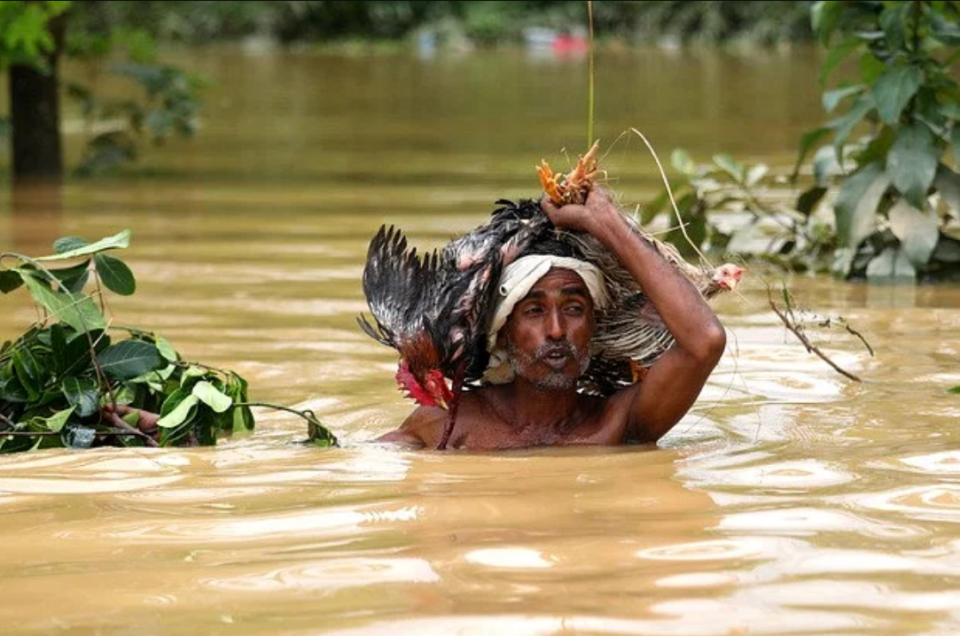It is a type of flash flood, in a moment the area is washed away by strong water. Again it goes down quickly. It causes temporary damage. Rapid water removal does not have long-term effects. But this time, the flood that is happening in at least 11 districts of the southeast and northeast of the country, the water is not receding quickly.
According to the flood forecast and warning center of Bangladesh Water Development Board (PUBO), an average of 15 cm of water fell in the flood-affected areas yesterday from 9 am to 6 pm.
The center’s executive engineer Sardar Uday Raihan told Prothom Alo yesterday, ‘This rate of water decline can be said to be slow to moderate. However, compared to other flash floods, this time the rate of water decrease is less.
Experts are talking about a few reasons behind this sudden flood and the time it takes for the water to recede.
According to the information of the Flood Forecasting and Warning Center, the water of six rivers in the flood-affected area was flowing above the flood line at various points till 6 pm yesterday.
The rivers are Kushiara, Manu, Khoai, Gomti, Muhuri and Feni. Among them, the highest water of Feni river was flowing at Ramgarh point 92 cm above the Bipatseema. And Manu river water was flowing over 66 cm at Moulvibazar point.
Feni is one of the 11 districts that have suffered heavy losses in this flood. The entire city of Feni was submerged in the flood.
Former Additional Director General of Paubo and Chairman of Private Water Environment Institute M Inamul Haque told Prothom Alo that the regulator of Feni river dam in Sonagazi, Feni, has fallen 50 to 60 km downstream. Apart from this, Feni river is also quite narrow. The passage of water to the sea is also narrow. That is why this situation has arisen here. Now the current regulator may have to declare it abandoned and renew it further down the line. Water Development Board should think about these things.
In case of flood in Comilla, Gomti river is the way of water going down. This river is very full. And that is why it is difficult to move the water, says M Inamul Haque.
This large area of the country faced flash floods after the monsoon season. Monsoon low pressure formed over Bay of Bengal and its west coast from 17th and 18th August. The low pressure remained there for two consecutive days. At that time it rained in the coastal and south-eastern hilly areas of the country. The water in the rivers started to rise after that.
The low pressure was forecast to move towards Bihar through West Bengal, India. But low pressure enters Bangladesh. The low pressure entered the interior of Bangladesh and remained in the central part of the country. The low pressure remains till August 20. At that time the amount of rainfall increased. It rained heavily on the night of August 20. This causes flash floods.

Sardar Uday Raihan, executive engineer of flood forecasting and warning center, told Prothom Alo that due to monsoon low pressure, higher than normal tides are created in the sea. August 19 was the full moon day. As a result, the tide in the sea increases. In this, the natural process of drainage of rivers is obstructed. The combined effect of these creates flood situations. Then an extreme situation arises. This is also one of the reasons why water remains for a long time.
Due to the strong tides created during the full moon, there is a disturbance in the water going down into the sea. Disaster expert Gauhar Naim Wara said that such a situation may last until next Tuesday.

